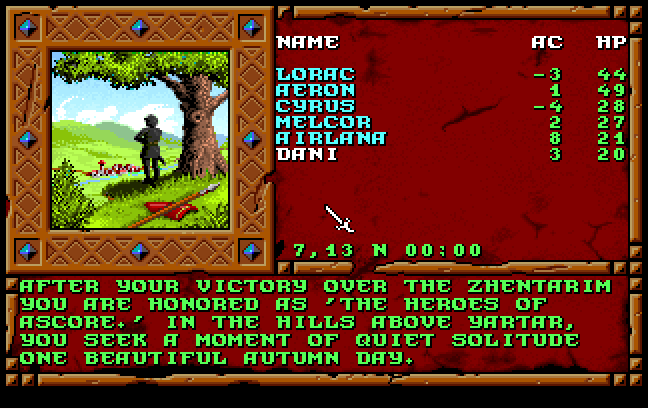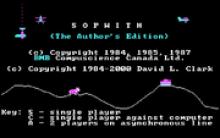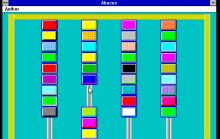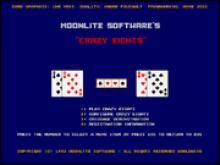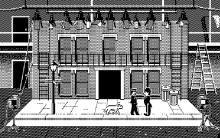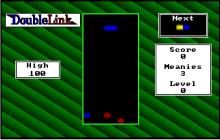Treasures of the Savage Frontier
Press Keyboard right side: Alt+Enter keys to switch to full screen game play, and Alt+Enter keys to return.
How to play Treasures of the Savage Frontier
Each game uses different controls, most DOS games use the keyboard arrows. Some will use the mouse.
Treasures of the Savage Frontier Description
Treasures of the Savage Frontier (1992) is a Gold Box Dungeons and Dragons computer game developed by Stormfront Studios and published by SSI for the PC and Amiga personal computers.
When SSI began work on the Dark Sun game engine in 1989 after the completion of The Secret of the Silver Blades, they passed responsibility for continuing the Forgotten Realms Gold Box games to Stormfront. SSI had planned to do only one more Gold Box game (Gateway to the Savage Frontier) before retiring the series in favor of the Dark Sun engine, but when Dark Sun was delayed and Gateway went to #1 on the charts they asked Stormfront for a sequel.
Designers Don Daglow, Mark Buchignani and David Bunnett recognized that the Gold Box engine was past its prime and needed some kind of story or character enhancements to feel like a new game and not a tired sequel.
Although they added many small enhancements to the game in addition to its all-new story, the largest feature was the first-ever option for either of two NPCs to fall in love with a player character. The sophisticated AI (for its time) tracked the player's actions in the game, much as the modern game Fable charts the player's actions as good or evil. If the player's actions matched the values of the NPC there was a chance they could fall in love.
One interesting side note to the game is the presence of what may be the only absurdist character in a video game, Ougo the Strange. Created by Daglow as a tribute to playwright Eugene Ionesco, Ougo is a bizarre character in the otherwise logical island of Farr Windward who ends up playing a key role in one of the game's missions.
The game's principal technical enhancement to the aging Gold Box engine was the addition of weather to wilderness play, with combat encounters in the snow restriucting character movement and adding variety to the game.
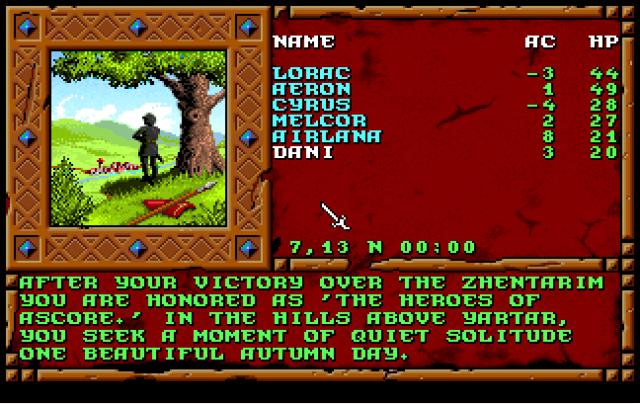
Treasures of the Savage Frontier - additional information







